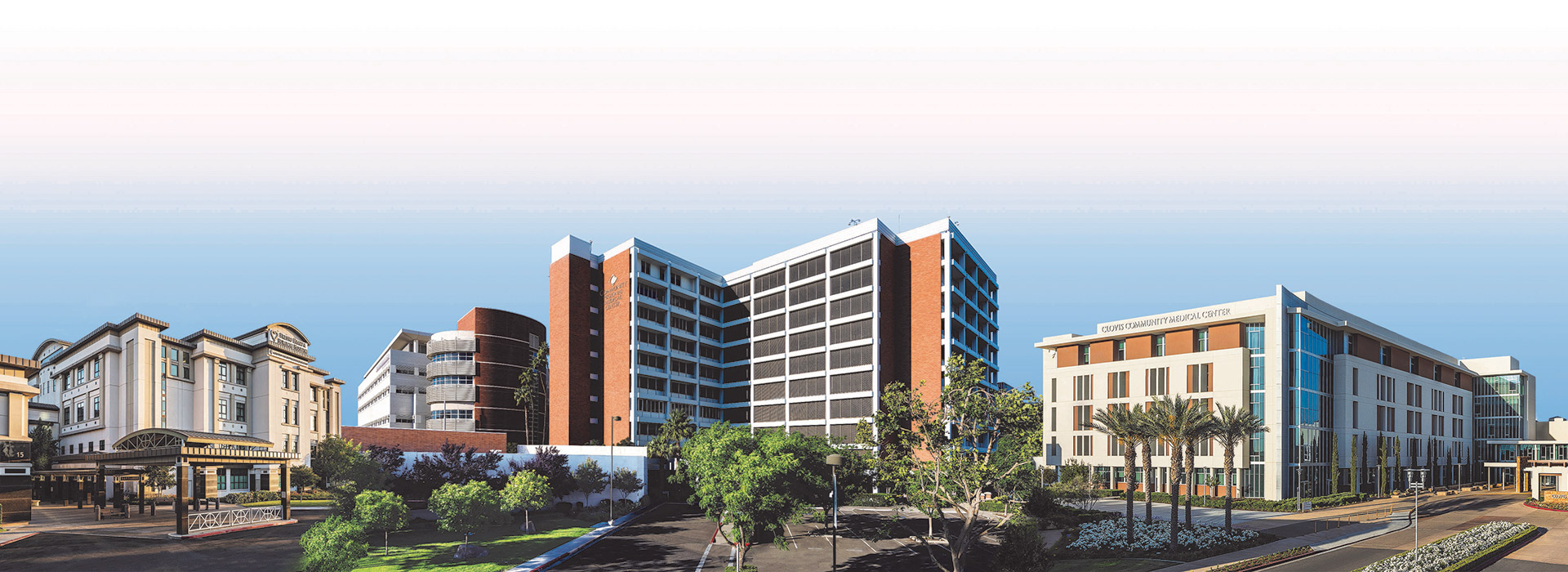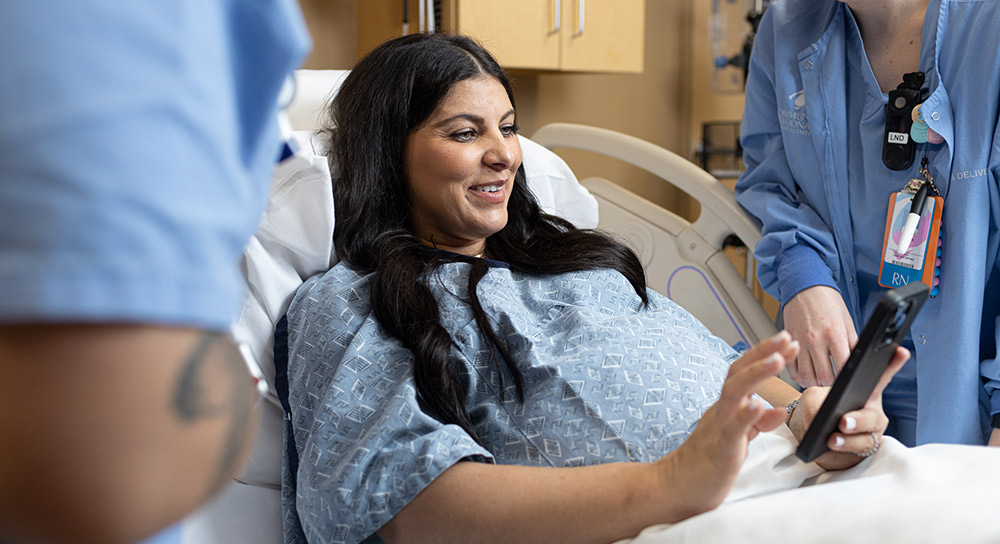A new temporary skin substitute is helping burn patients at Community Regional Medical Center to heal faster with less pain and return home more quickly. It’s also saving the hospital more than $531,000 annually as part of an ongoing program to reduce expenses while improving care.
Sandra Yovino, RN, director of the Leon S. Peters Burn Center, said the skin substitute “is especially beneficial for children. We decrease pain because we don’t have to do as many dressing changes. The temporary skin covering just flakes off in 10 to 14 days and the skin heals under it.”
 Toddler Dontes Hines showed just how painless the new porcine skin substitute is during his first dressing change. After spending the night in the hospital, the 2½-year-old was wary about letting the masked nurses touch his bandaged burns. But his tears quickly disappeared when Child Life Specialist Kimberly Kozub brought out a bottle of soap bubbles. He barely noticed as burn nurses deftly snipped his bandages and applied another layer of temporary skin.
Toddler Dontes Hines showed just how painless the new porcine skin substitute is during his first dressing change. After spending the night in the hospital, the 2½-year-old was wary about letting the masked nurses touch his bandaged burns. But his tears quickly disappeared when Child Life Specialist Kimberly Kozub brought out a bottle of soap bubbles. He barely noticed as burn nurses deftly snipped his bandages and applied another layer of temporary skin.
His mother Roxanne Avila breathed a sigh of relief. “I know the technique that was used on him helped lessen the pain,” she said. “He is a strong, happy and curious little boy.” His family added that he’s not so curious anymore about coffee cups after being scalded when he overturned a full cup.
Before the move to use the new temporary skin, Yovino explained, Dontes would’ve had to be sedated while the human skin graft was scraped and replaced. “Our goal is to significantly reduce post-traumatic stress for our pediatric patients,” she said.

Yovino, who presented her findings recently to the American Burn Association national conference, said besides being better for most burn patients, the alternative to human skin saves money, because unlike human tissue, it doesn’t require specialized transportation, refrigerated storage or extensive documentation.
Over the last four years Community employee teams have realized nearly $26.2 million in annual savings, allowing more resources for patient care. The savings have come from such things as reducing blood product use, standardizing surgical equipment, using a compounding pharmacy and automating laboratory testing.
Erin Kennedy reported this story. Reach her at MedWatchToday@CommunityMedical.org.




.jpg)
.jpg)